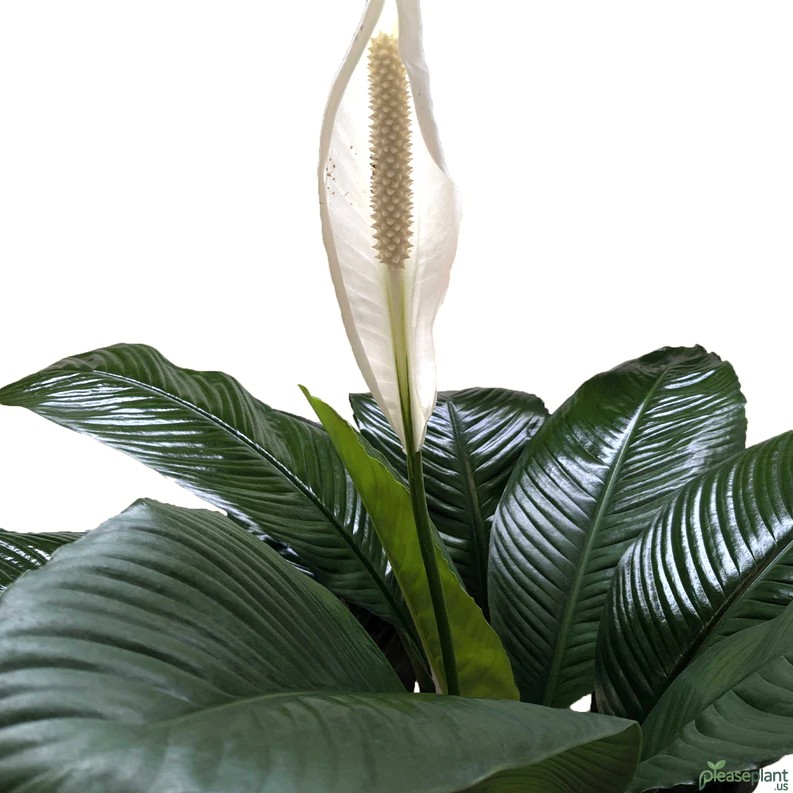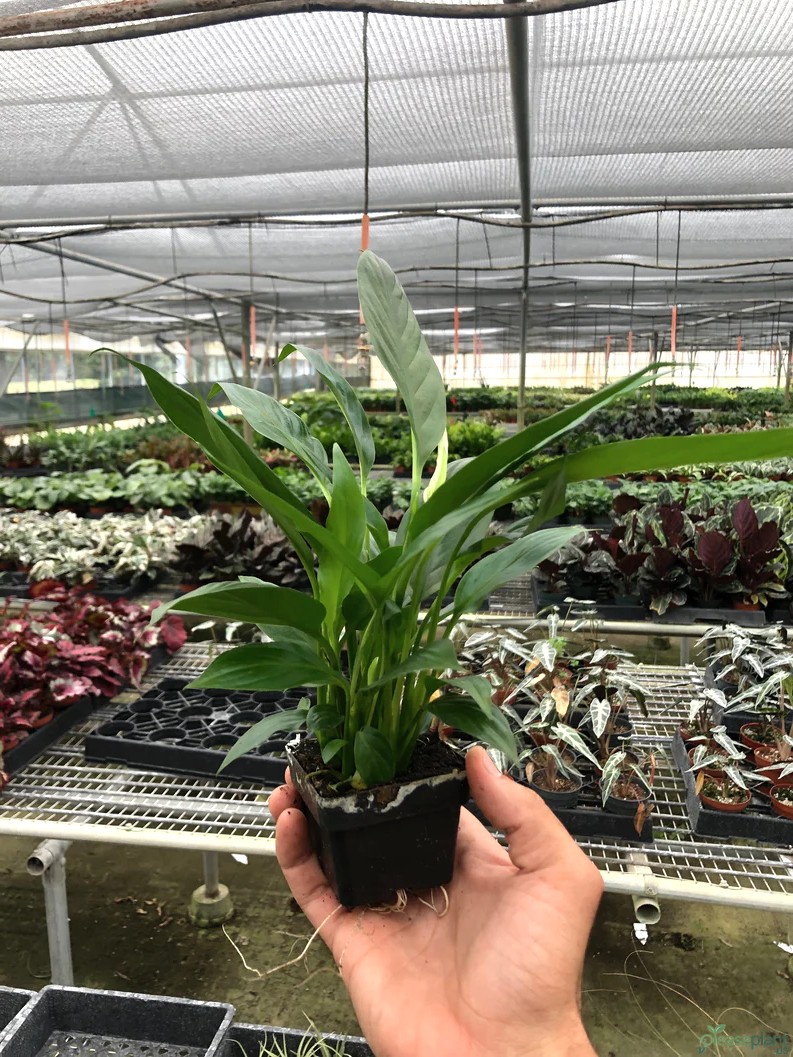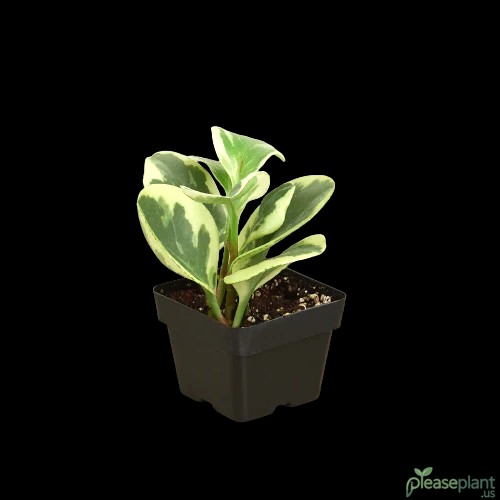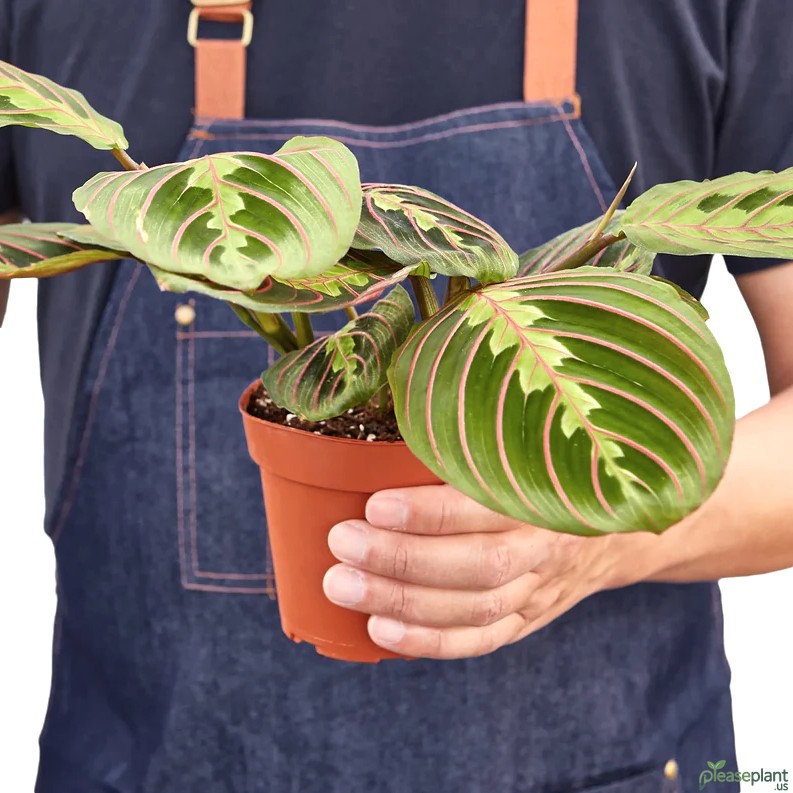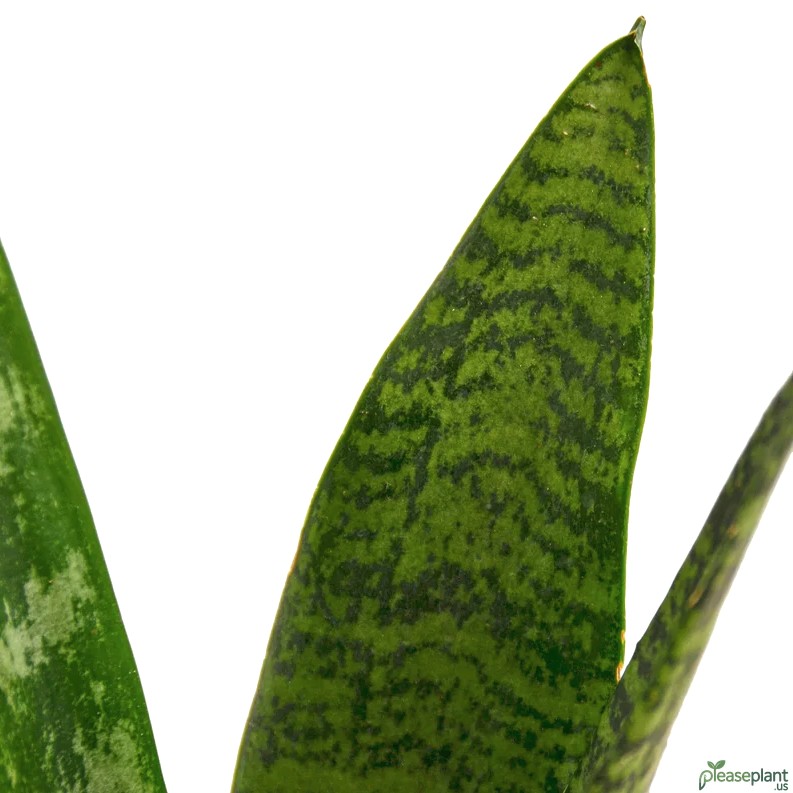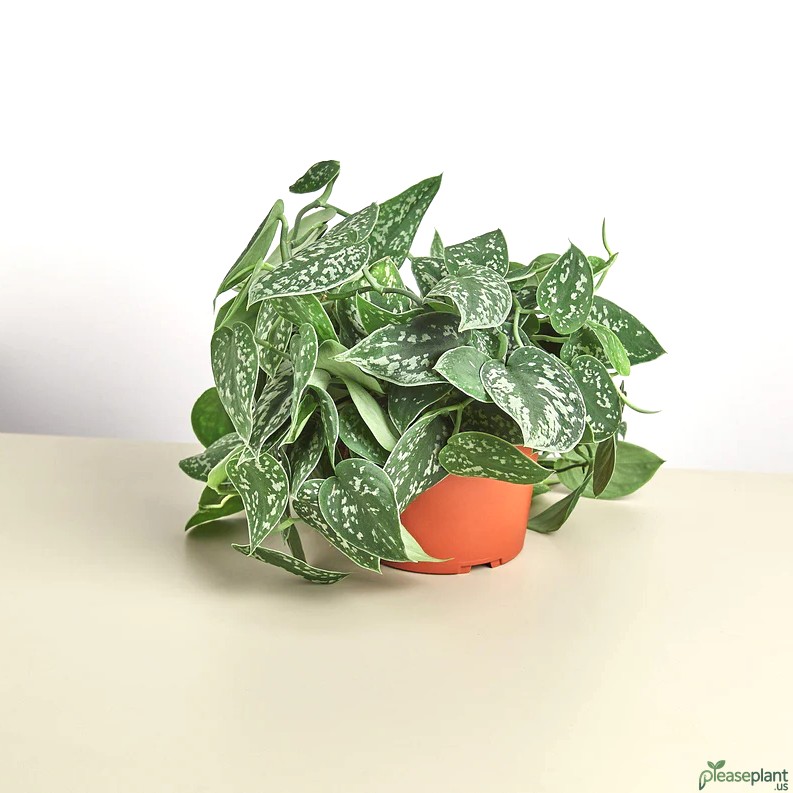If you just got your hands on a Spathiphyllum Peace Lily and wonder how to keep it happy, you're in the right place. This tropical beauty is more forgiving than you’d think, but some secret tips can make your life easier. From watering quirks to light preferences, I’ll share real-life advice that even the greenest thumbs will appreciate. Let’s dive into the world of this elegant plant and make sure it thrives in your cozy home.
Let Me Tell You About My Peace Lily Adventure
When I first brought home a Spathiphyllum Peace Lily, I thought it was just another easy houseplant. Turns out, it’s like a moody artist: needs attention but not too much, and definitely dislikes being ignored or overwatered. I remember one summer when I nearly killed mine by drowning it in water, thinking more is better. Lesson learned: these plants prefer to dry out a bit between drinks.
Watering: The Balancing Act
Watering a Peace Lily can feel like walking a tightrope. Too much water and those lovely leaves start drooping and yellowing, too little and the tips turn brown and crispy. My trick? Stick your finger into the soil about an inch deep — if it feels dry, it’s time to water. They love humidity too, so misting the leaves once or twice a week can make them feel like they’re living in a mini tropical paradise. Just avoid letting water sit in the saucer under the pot, or you’ll invite root rot like an uninvited guest.
Light: Not Too Bright, Not Too Dark
Unlike most plants, the Spathiphyllum Peace Lily is not a demanding diva when it comes to light. It thrives in low to medium indirect light, making it perfect for those shaded corners of your room. But a common mistake is putting it right under direct sunlight, which will scorch its delicate leaves faster than you can say "photosynthesis". A spot near a north-facing window or a few feet away from a bright east or west window is just right. I once had one survive in a dim bathroom with only a little natural light – proof these plants are tougher than they look.
Feeding Your Peace Lily
These plants aren’t super hungry, but a little fertilizer now and then keeps them looking fresh and vibrant. I use a balanced houseplant fertilizer diluted to half strength every 6-8 weeks during the growing season (spring and summer). Don’t go overboard though — too much fertilizer can cause brown spots on the leaves and stress the plant. It’s like feeding a picky eater; moderation is key.
Troubleshooting: When Things Go Sideways
If you notice your Peace Lily leaves turning yellow, it’s a red flag. Could be overwatering, poor drainage, or even cold drafts messing with the plant’s mojo. Brown leaf tips usually mean low humidity or inconsistent watering. And if the plant just looks sad and droopy, it might be thirsty or stressed from a change in environment. I’ve found that repotting to fresh soil every couple of years and trimming dead leaves helps it bounce back quicker than you’d expect.
The Secret Sauce: Patience and Observation
Caring for a Spathiphyllum Peace Lily is less about strict rules and more about getting to know its personality. They don’t shout when something’s wrong; they whisper through their leaves. Keep an eye on those subtle signs, adjust your care routine slightly, and you’ll be rewarded with glossy leaves and even those iconic white blooms. It’s a learning curve, but one that’s worth every bit of dirt under your nails.
So if you’re after a low-maintenance yet elegant houseplant, give the Spathiphyllum Peace Lily a chance. Just remember: not too much water, indirect light, and a sprinkle of patience. Oh, and don’t be surprised if it surprises you with a flower when you least expect it!

